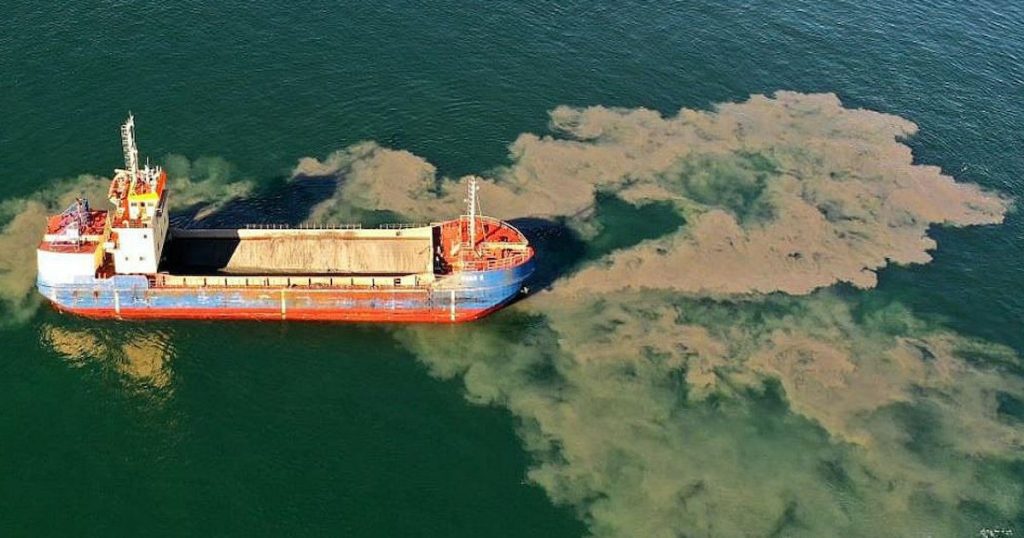The creators behind Lynetteholm see the peninsula as an important part of the solution to future problems of climate change and housing shortages in Copenhagen, while critics fear Lynetteholm could become a noisy and polluted bottleneck in Oresund.
But what is right and what is wrong?
Hear what the science has to say about three of the most popular claims about the controversial Peninsula, which is set to accommodate 35,000 new Copenhagen residents from 2070.
Decades of transportation lead to noise and pollution
Every day for 30 years, some 350 trucks would haul dirt through Copenhagen to Lynetteholm – about the same number that drive to Nordhavn today. Thus, construction traffic will not increase in the future, but instead will be shifted from north to south of Copenhagen.
Measurements show that both low-frequency noise and the amount of health-damaging particles from heavy traffic are already high in the Danish capital. So the engineers proposed building a tunnel connecting, among other things, Lynetteholm with Nordhavn. It could be ready as early as 2035 in which case it could reduce noise by about 3dB.
Although traffic will generally increase with new tunnel construction, analyzes show that a tunnel in 2050 will reduce traffic by approximately 12 percent within Copenhagen and the amount of air pollution will decrease.
Sludge dumping is detrimental to the environment
Until 2022, sludge has been dumped from the sea floor in Koj Bay. The waste was dumped near the so-called Natura 2000 areas, which are designated areas of protected nature.
Environmental assessments determined that it was only necessary to sediment the most polluted upper portion (about 0.6 metres) of the sea floor, while the remainder could be flooded. But according to the Nature Conservation Society of Denmark, investigations have shown that there is also pollution on the sea floor.
The criticism caused the municipality of Copenhagen to stop the dumping and instead the sludge is now used to fill in Lynetteholm.
The peninsula slows down the water and salt
Many critics, including the Skåne County Board, fear that Lynetteholm will affect the water flow in Öresund because the artificial island will act as a “blockage” that interferes with the natural course of water and salt. The plug will affect the environment in the Baltic Sea, which is already very affected, among other things, by a lack of oxygen.
A report by the DHI Aquatic Environment Consultant showed that Lynetteholm is estimated to only block about 0.25 percent of the water flow. But according to Skåne County Board of Directors, this — combined with the impact of, among other things, offshore wind farms — is enough to cause concern.

“Unapologetic writer. Bacon enthusiast. Introvert. Evil troublemaker. Friend of animals everywhere.”







More Stories
More than 100 Republicans rule: Trump is unfit | World
Summer in P1 with Margrethe Vestager
Huge asteroid approaching Earth | World